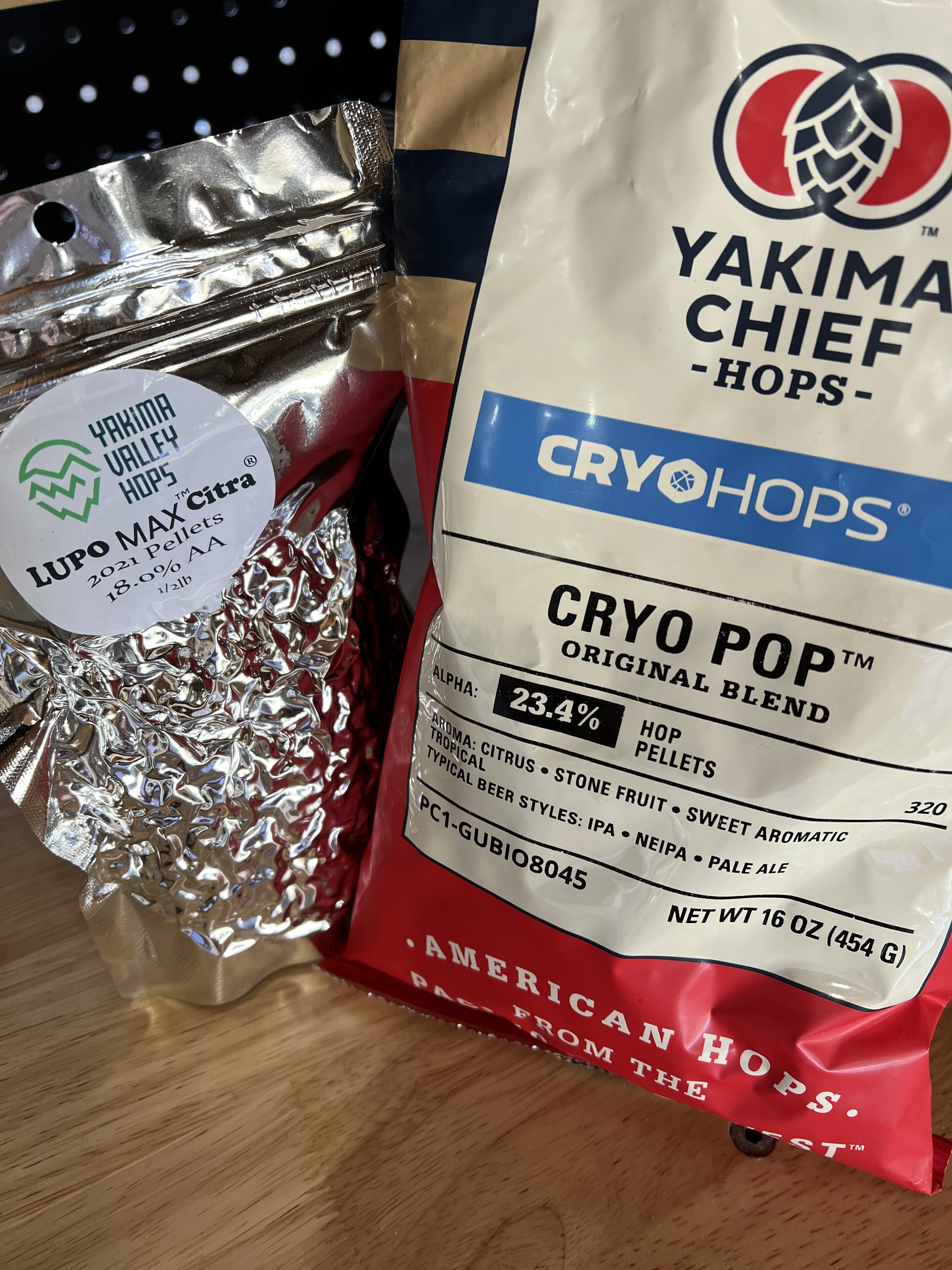couchsending
Well-Known Member
- Joined
- Jun 21, 2016
- Messages
- 3,063
- Reaction score
- 2,256
Malt can add up to 40ppm of Sodium. I generally don’t go above 50ppm on top of that.
Doubt Treehouse is using any sodium. I believe their additions are CaSo4, CaCl, and MgSo4. 3 or 4 to 1 So4 to Cl.
Their finished beer Ca levels tend to be low as I bet they only add Ca salts to the mash and their water most likely has decent amount of alkalinity. If that’s the case you will lose a ton of Ca in the mash. If you’re not adding Ca salts to the kettle then you will end up with lower Ca in the finished beer but the other ions will make it through.
Doubt Treehouse is using any sodium. I believe their additions are CaSo4, CaCl, and MgSo4. 3 or 4 to 1 So4 to Cl.
Their finished beer Ca levels tend to be low as I bet they only add Ca salts to the mash and their water most likely has decent amount of alkalinity. If that’s the case you will lose a ton of Ca in the mash. If you’re not adding Ca salts to the kettle then you will end up with lower Ca in the finished beer but the other ions will make it through.































![Craft A Brew - Safale S-04 Dry Yeast - Fermentis - English Ale Dry Yeast - For English and American Ales and Hard Apple Ciders - Ingredients for Home Brewing - Beer Making Supplies - [1 Pack]](https://m.media-amazon.com/images/I/41fVGNh6JfL._SL500_.jpg)


























